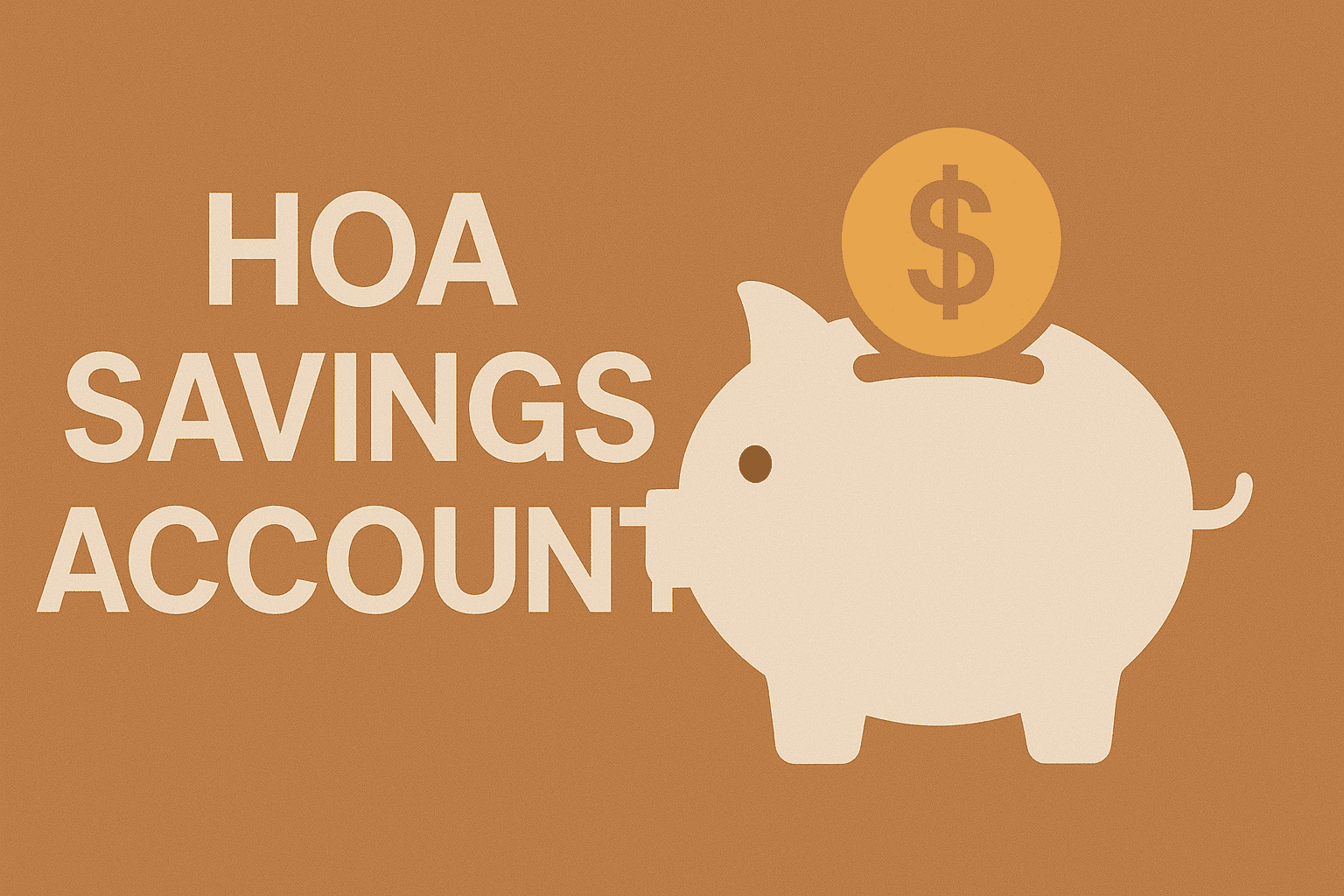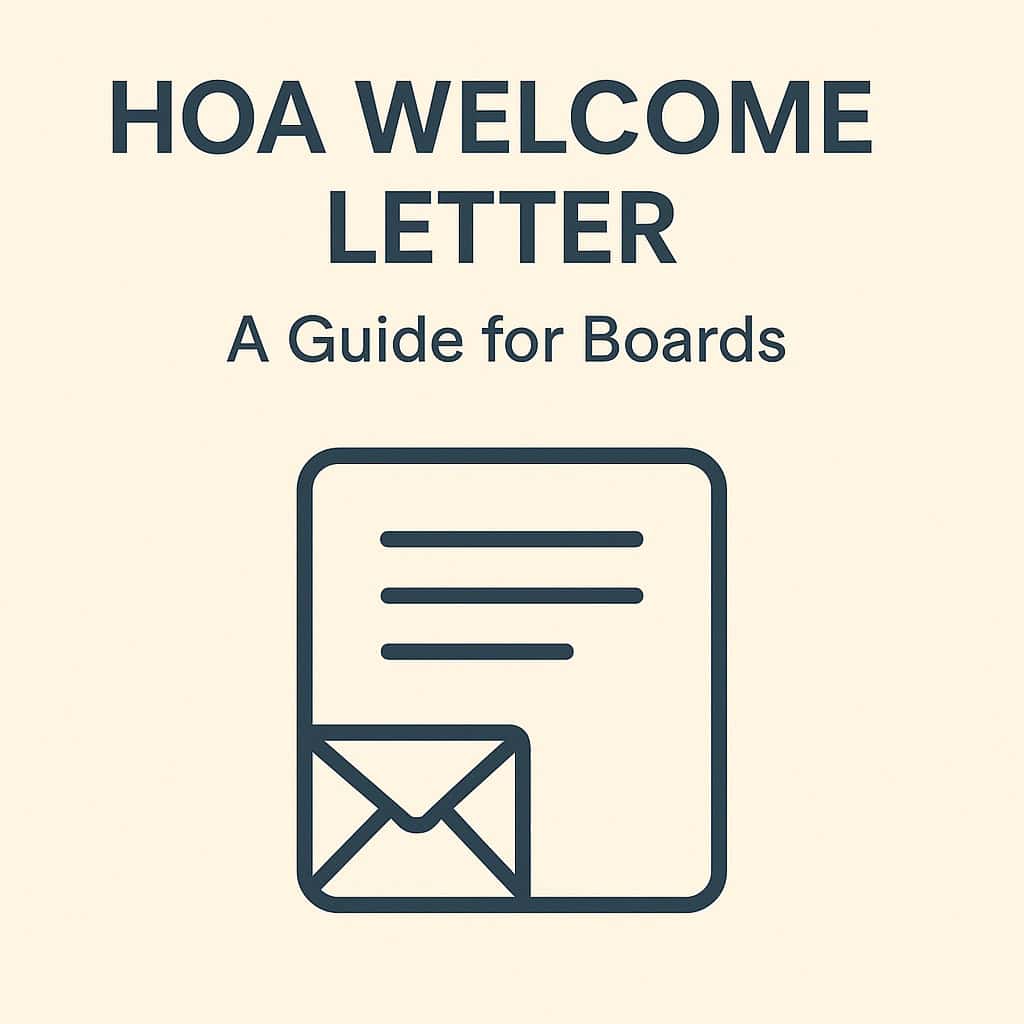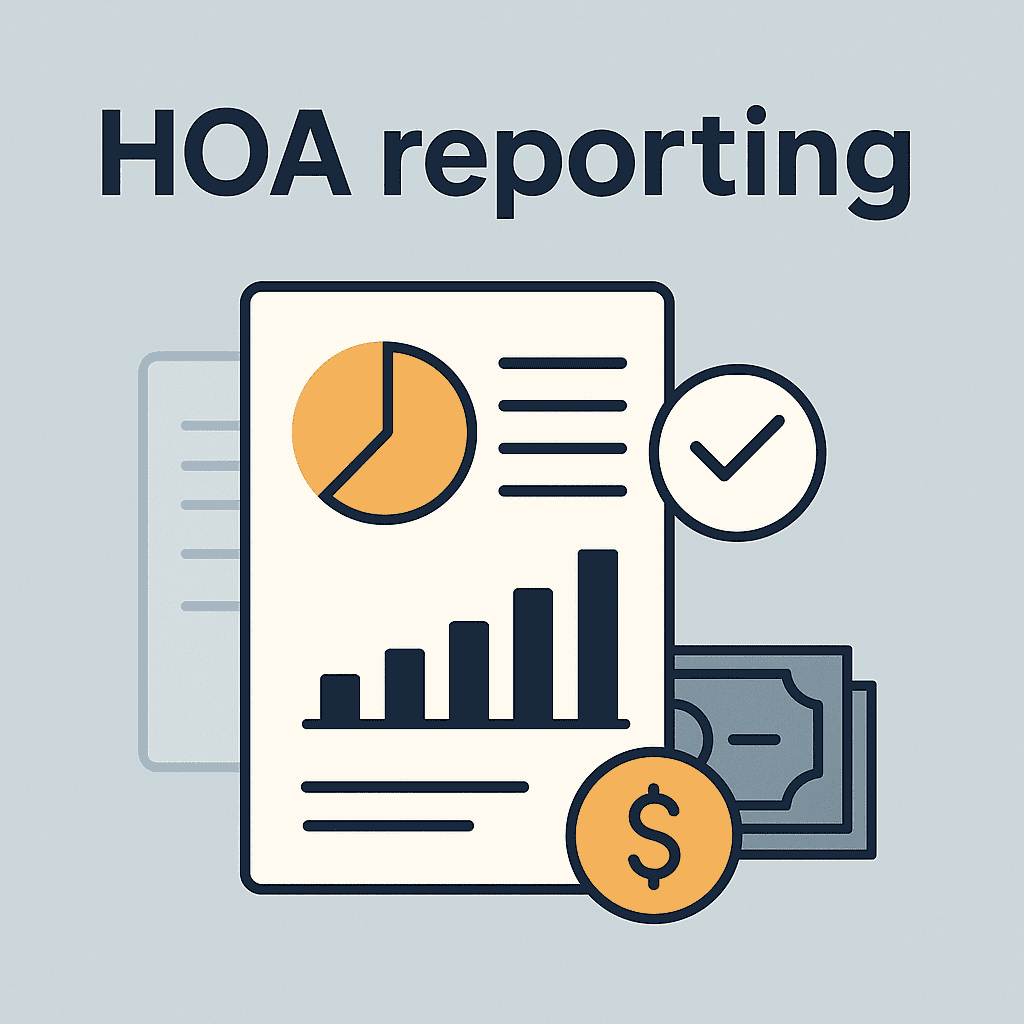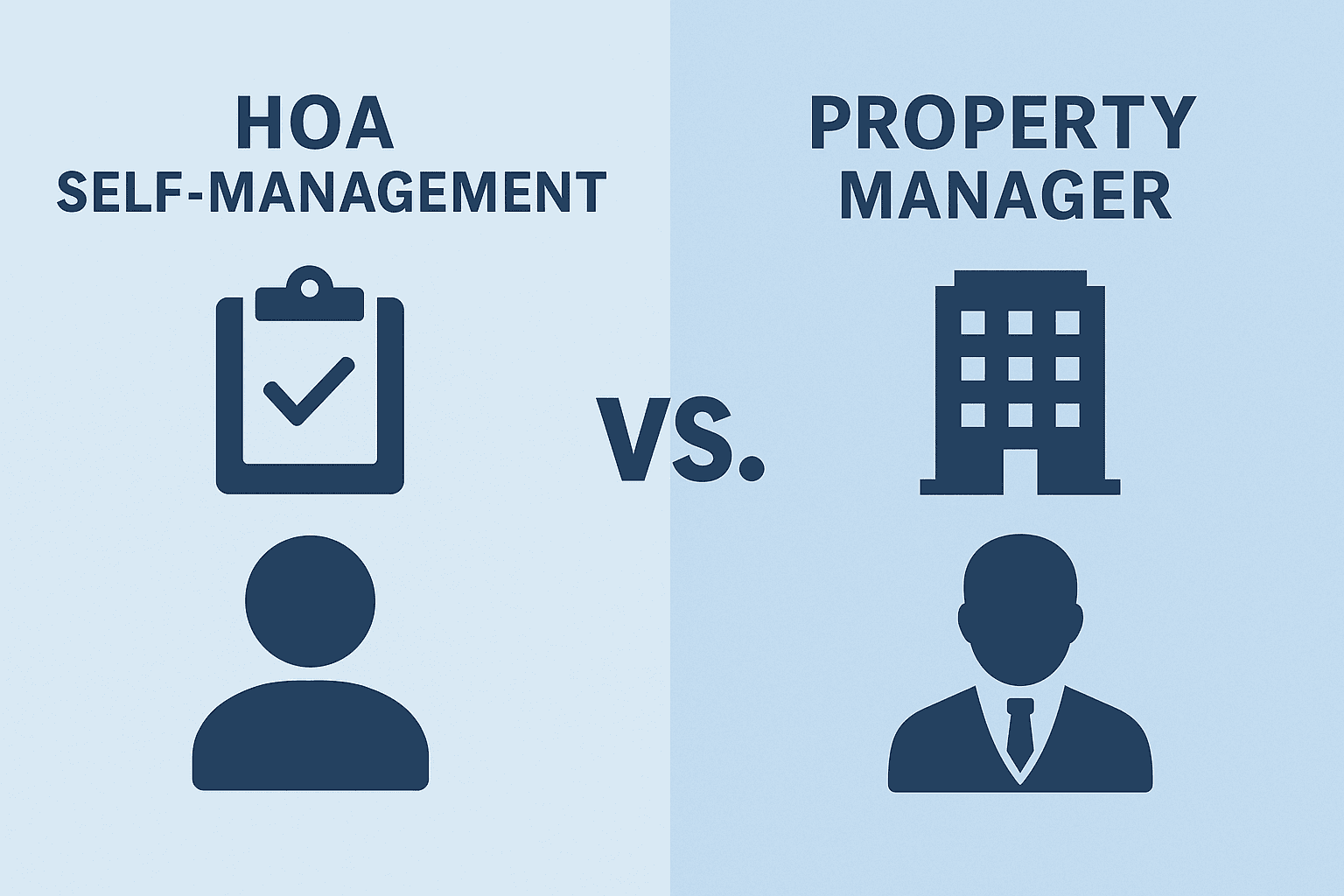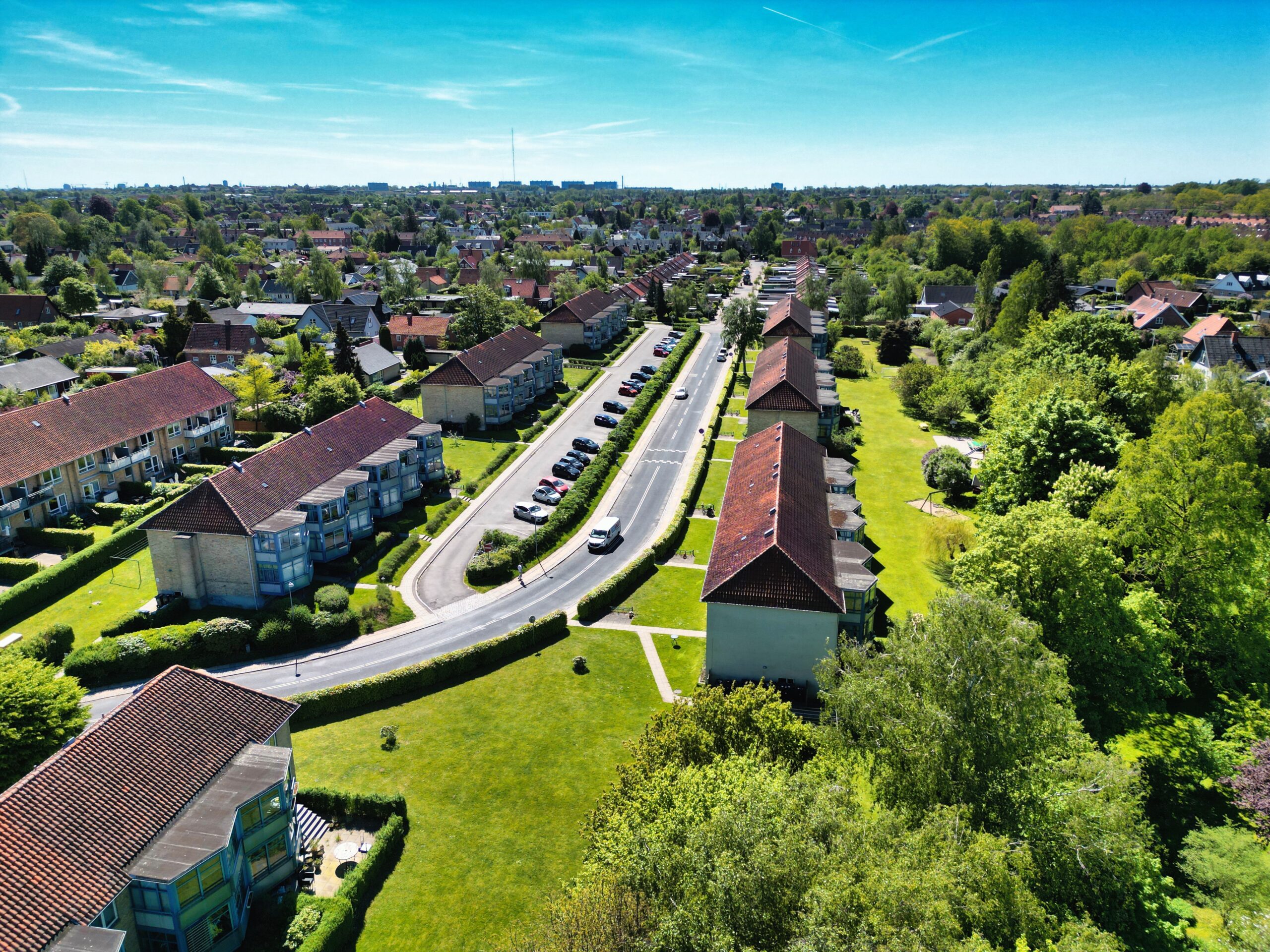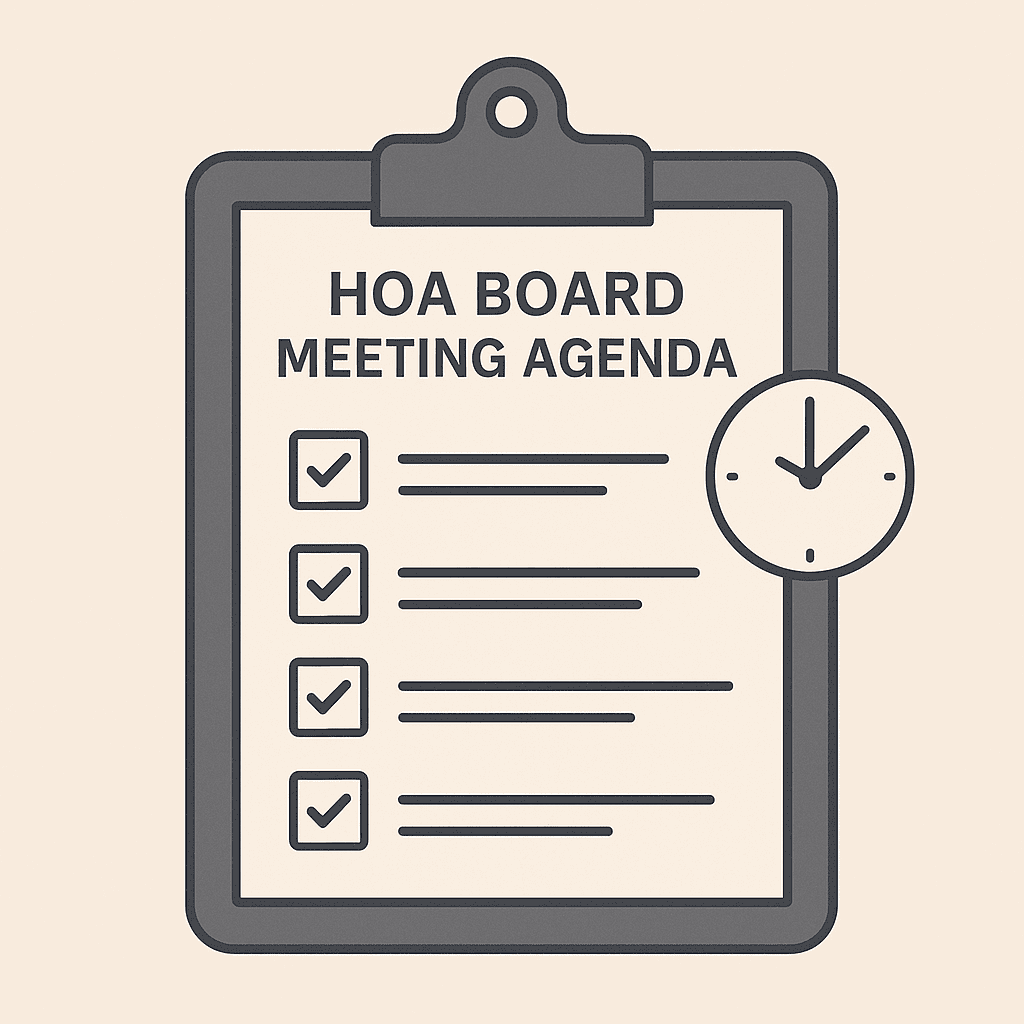The case for going digital: How a modern system can transform your HOA
Homeowners Association (HOA) boards are discovering that going digital isn’t just a tech trend – it’s a game-changer for community management. Embracing a modern system can streamline day-to-day operations, improve communication with residents, and boost overall community engagement. In this practical guide, we’ll explore why HOAs should go digital and how to get started, backed by data-driven insights and tips to help your board modernize with confidence.

Why HOAs should embrace digital transformation
HOAs play a huge role in American housing – roughly 28% of the U.S. population (over 74 million people) now live in a community association like an HOA or condo, which number around 358,000 nationwide. This trend is only growing (an estimated 78% of new homes built for sale are in HOA communities), and homeowners contribute over $100 billion in HOA assessments each year to maintain their neighborhoods. With such scale and responsibility, it’s critical for HOAs to operate efficiently. Yet many boards still rely on paper documents, in-person meetings, and outdated processes.
The good news is that internet access is nearly universal – as of 2021, 90% of U.S. households had a broadband internet subscription. This digital connectivity creates an opportunity for HOAs to modernize how they manage their communities. Today’s HOA board members and residents are more tech-savvy and expect the convenience of digital tools. In one industry survey, 57% of HOA board members said it’s extremely or very important for their management company to use modern technology and self-service tools. Moreover, 72% indicated they would be influenced by the lack of online tools when choosing a new management company. In other words, even volunteer board members now expect technology to be part of the HOA experience, just as it is in banking, shopping, and other aspects of life.
Going digital means adopting a modern HOA management system or a suite of online tools to handle the association’s tasks – from bookkeeping and record-keeping to communication and meetings. By embracing these tools, your HOA can save time, reduce errors, and provide a better experience for everyone involved. Considering that 2.5 million Americans serve on HOA boards or committees, contributing about 98.5 million hours of volunteer service each year, any efficiency gained through technology can significantly lighten the load on busy volunteers. Below, we break down the key benefits of going digital and how a modern system can transform your HOA’s operations.
Benefits of going digital for your HOA
A modern HOA system offers numerous advantages. Here are some of the most impactful benefits that digital transformation can bring to your community:
Streamlined administration and time savings
Managing an HOA involves a lot of paperwork and repetitive tasks – processing architectural requests, tracking violations, sending out notices, updating member records, and more. A digital platform can automate and centralize these duties. Instead of juggling spreadsheets and file folders, board members or managers can use one system to input data, schedule tasks, and set up automatic reminders (for example, sending assessment due notices or amenity maintenance schedules). This streamlining reduces manual work and minimizes the risk of things falling through the cracks.
The time savings are significant, especially for volunteer boards. By cutting down on administrative overhead, board members can focus on higher-level decisions and community improvement projects rather than chasing paperwork. The Foundation for Community Association Research estimates that HOA volunteers’ time is worth nearly $3 billion annually nationwide – a modern system helps ensure that time is spent productively, not on avoidable busywork. Furthermore, many HOAs that move to paperless systems see cost savings on office supplies, printing, and storage. Even modest associations have saved hundreds of dollars per year by eliminating paper mailings and physical record storage in favor of digital files, showing that going digital can directly benefit the HOA’s budget.
Overall, a modern system makes your HOA’s operations more efficient, which saves time and money for the community.
Improved communication and community engagement
Clear, timely communication is the lifeblood of any community, and this is an area where going digital truly shines. Modern HOA platforms often include communication tools like email bulletins, text alerts, discussion forums, or dedicated resident portals. This makes it easy to keep everyone informed about important updates – whether it’s a reminder about an upcoming board election, a change in trash pickup schedules, or an emergency notice about a water outage. Digital communication reaches residents faster than paper flyers or mail, and it allows for two-way interaction (residents can ask questions or provide feedback online).
HOAs that leverage online communication often see higher resident engagement and participation. For instance, virtual meeting technology has opened up board meetings and town halls to more people. Holding HOA meetings via Zoom or other video platforms has become common, enabling remote participation and often resulting in higher attendance rates. Busy families or homeowners who live part-time elsewhere can still dial in and contribute. This improved accessibility encourages more residents to get involved in community governance, since attending a meeting is as easy as clicking a link. It also helps ensure quorum for meetings and votes, which can sometimes be a challenge for HOAs.
Digital tools can also foster a greater sense of community. Social forums or community networks allow neighbors to connect, share recommendations, and build relationships beyond the formal HOA setting. When communication is streamlined and accessible, residents feel more informed and included, which boosts overall satisfaction. In fact, communication is often cited as a key factor in homeowner satisfaction surveys – effective digital outreach can help your HOA maintain a positive reputation and avoid misunderstandings that arise from lack of information.
Transparent record-keeping and compliance
HOAs are responsible for a wide array of records: meeting minutes, financial reports, governing documents (bylaws, CC&Rs), homeowner correspondence, and more. Traditionally, these might be stored in binders or on a personal computer, which can lead to disorganization and difficulty transferring information when new board members step in. A modern HOA system provides a centralized, secure repository for all important documents. Board members and, where appropriate, residents can access records anytime through an online portal, ensuring transparency.
This transparency is invaluable for building trust. Homeowners can easily find answers to questions like “What are the community rules about landscaping?” or “What’s our annual budget and where are fees being spent?” without having to chase down a board member. For the board, having all records in one place makes it simpler to comply with record requests and legal requirements (such as providing access to documents as mandated by state law). It also means institutional knowledge isn’t lost when board members change – the digital archive preserves the community’s history and decisions.
Going digital also helps with compliance and governance. Many HOA platforms allow for tracking tasks like election timelines, document review dates, and maintenance schedules, which helps ensure the association meets its obligations on time. Audit trails (logs of who updated what and when) add accountability to board actions. In the unfortunate event of a dispute or audit, having organized digital records can protect the HOA by clearly demonstrating due diligence and proper procedure.
Better financial management and accountability
One of the most critical duties of any HOA board is managing the association’s finances – collecting dues, paying bills, budgeting for projects, and reporting to members. Digital tools make these processes far more manageable. For example, online payment systems let homeowners pay their assessments electronically (via bank transfer, credit card, etc.), and the system can automatically log payments, send reminders for overdue balances, and even generate financial reports. This not only saves the treasurer hours of work, but also improves accuracy by reducing manual data entry.
Given the scale of HOA finances (HOAs nationwide collected $106.4 billion in assessments in 2021), using software designed for financial management brings professionalism and rigor to your community’s budget. Board members can see real-time updates on account balances and expenses, making it easier to stick to budgets and catch any irregularities. Many systems include integrated accounting features or can export data to standard accounting software, simplifying annual audits or reviews.
Digital financial management also increases transparency and trust around money. Boards can choose to share financial dashboards or monthly reports with residents through the HOA portal, so everyone sees where their dues are going. This level of openness can prevent suspicion or rumors of mismanagement. It also helps board members themselves stay accountable; with multiple people able to view transactions, there’s oversight that protects against errors or misuse of funds. In short, a modern system acts as a safeguard for the HOA’s financial health, while making the treasurer’s job much easier.
Convenience and self-service for residents
In a world where people can do everything from banking to grocery shopping online, homeowners appreciate the convenience of digital HOA services. By going digital, your HOA empowers residents with self-service options that were not possible with paper-based systems. For example, with a modern HOA portal, a homeowner can log in at any time to check their account balance, update their contact information, or download community forms (like an architectural change request form). They can submit maintenance requests or report issues online and even track the status of their request. This 24/7 access means residents don’t have to wait for office hours or worry about leaving phone messages – they can get what they need on their own schedule.
Such convenience is especially helpful in communities where residents may have varying schedules or may not reside on the property year-round. Snowbirds, investors, or busy professionals all benefit from the ability to handle HOA matters remotely. It also cuts down on phone calls and emails to board members or managers for routine questions, since many answers can be found in the online knowledge base or FAQ. Over time, this can free up the board to focus on strategic issues rather than day-to-day resident support.
Another aspect of convenience is how a digital system can integrate various functions in one place. Instead of using one service for email blasts, another for payment processing, and another for document storage, a comprehensive HOA platform puts all these tools under one roof (often accessible via a single login). This unified approach simplifies life for users and administrators alike – fewer passwords to manage, and less confusion overall. The result is a smoother experience that makes the HOA feel more like a modern service provider and less like an old-fashioned bureaucracy.
Steps to digitize your HOA management
Adopting a new system may seem daunting, but with a step-by-step approach, your HOA can transition smoothly. Here’s how to get started with bringing your community into the digital age:
- Assess your needs: Begin by evaluating your HOA’s current processes and pain points. Where are you still using paper or spreadsheets? What tasks consume the most time or cause frequent errors (e.g., tracking dues, handling maintenance requests, communicating updates)? Identifying these areas will help you determine what features to look for in a digital solution.
- Research solutions: Look into HOA management software and digital tools that fit your community’s needs. There are many platforms available, ranging from all-in-one HOA management portals to specialized tools (for example, accounting-focused software or communication apps). When researching, consider factors like ease of use, cost, customer support, and whether the tool offers modules for key functions you need (document storage, payments, email/text notifications, etc.). Read reviews or ask for demos if possible. Aim to choose a reputable, secure platform – protecting community data and finances is paramount, so ensure the vendor has proper security measures (encryption, backups) in place.
- Gain board and member buy-in: Change is easier when everyone is on board. Present the case for going digital to your fellow board members (you can even share some of the benefits and stats from this guide!). Highlight how the system will make everyone’s life easier and improve the community. It might help to quantify expected savings or efficiency gains. Once the board agrees, communicate the plan to the membership. Let residents know what is changing and why – for example, “Starting next quarter, we will introduce an HOA portal for all payments and communications, which will make things more convenient and transparent for you.” Emphasize the benefits to them, such as 24/7 access to information and faster responses.
- Implement in phases: Rather than switching everything to a new system overnight, consider a phased rollout. You might begin with one aspect, like online payments and basic document sharing, and then add more features (such as an online ACC request process or a discussion forum) once people are comfortable. Pilot testing the system with just the board or a small committee first can work out kinks before wider launch. During this phase, migrate your existing data into the system – upload membership lists, past meeting minutes, governing documents, and so on, so that the new platform is populated with the info people need from day one.
- Train and support users: Ensure that all board members learn how to use the new tools effectively. That is why you must choose a user-friendly HOA management system so that training is minimal. For residents, provide simple instructions and multiple channels for help. For instance, you might hold a short workshop or Q&A at a community meeting, create a how-to guide, or share video walkthroughs. Designate a board member or manager as a point person for questions during the transition. User-friendliness is key – when people find the system easy, they’ll be more likely to adopt it happily.
- Address privacy and security: As you implement digital systems, establish protocols to keep data safe. Set strong passwords and proper access levels (e.g., only treasurer can see detailed financial info, only secretary can upload official minutes, etc.). Ensure that you regularly back up critical data, even if the software vendor does so automatically. Clarify privacy policies for your members – for example, if the system has a member directory, can everyone see each other’s contact info or is it restricted? Proactively addressing these concerns builds trust that the new technology is being used responsibly.
- Evaluate and iterate: After rolling out the digital platform, periodically assess how it’s going. Gather feedback from board members and residents – what do they find useful, and what issues have arisen? Many systems release updates with new features; keep an eye on those and take advantage of improvements. Your HOA’s needs might evolve, so be willing to adjust processes or explore additional tools (for instance, adding an online voting module for elections) as you grow into the digital ecosystem. Continuous improvement will ensure you’re getting the maximum benefit from going digital.
By following these steps, your HOA can smoothly transition to a modern management approach. Remember that patience is important – not everyone will become a power-user right away. But with support and encouragement, even less tech-oriented members will gradually adapt, especially once they experience the convenience of the new system.
Overcoming Common Concerns
It’s natural for board members or homeowners to have questions or concerns about moving to a digital system. Here are some common concerns and how to address them:
- “Not everyone in our community is tech-savvy.” While it’s true that comfort with technology varies, the gap is closing rapidly. In 2024, 90% of Americans aged 65 and older were online, a dramatic increase driven in part by the pandemic. This means even many seniors – who often make up a portion of HOA residents – are using smartphones, email, and the internet regularly. To assist those who are less familiar with tech, you can offer one-on-one help or print out guides for using the new system. Additionally, most HOA software is designed to be user-friendly and intuitive. For residents who absolutely cannot or will not use the digital platform, you can make case-by-case accommodations (like allowing paper payments) during the transition. However, as a whole, you’ll likely find that residents appreciate the move once they try it.
- “Is our data safe online?” Data security is a valid concern, and any responsible board should take it seriously. The key is to choose a reputable software provider that uses encryption (so that data transmitted or stored is protected) and follows industry best practices for security. Look for information about how the company secures data and whether they’ve had any breaches. You can also ask if they are compliant with relevant standards or regulations. Remember that paper isn’t inherently safer – documents can be lost, stolen, or damaged – whereas digital data can be backed up in multiple secure locations. By implementing access controls in the software (each user has their own login, with permissions set by role), you ensure that only authorized people see sensitive information. Regularly updating passwords and following the platform’s security recommendations will further guard your HOA’s data. In many ways, data is safer in a professional cloud system than on a personal laptop or in a filing cabinet in someone’s garage.
- “We have a tight budget – can we afford a new system?” Cost is an important factor. Many HOA management platforms charge a monthly or annual fee, which can vary based on the size of the community or the features included. When evaluating cost, weigh it against the expenses you might reduce or the value of time saved. Going digital can cut costs for printing, postage, storage, and even reduce the need for some professional services (for example, accounting fees might be lower if your finances are well-organized and automated). It’s also worth considering the non-monetary benefits: improved compliance might save you from legal fees, better communication might prevent issues that cost time and goodwill to resolve, etc. If a full-scale HOA software package is too expensive for your budget right now, you can start small with free or low-cost tools for specific tasks – for instance, use a free cloud drive for document sharing, an email newsletter service for communications, or a basic accounting software for finances. As you demonstrate the benefits, it may become easier to allocate funds for an integrated system in the next budget cycle. Think of going digital as an investment in your community’s efficiency and transparency.
- “Will this make our HOA too impersonal or complicated?” Some worry that relying on software will remove the personal touch or add complexity. In reality, a well-implemented system should do the opposite: by handling routine tasks and information distribution, it frees up board members to have more personal interactions where it truly matters (like talking to a homeowner about a concern). It also simplifies processes that used to feel convoluted. Residents will no longer need to figure out who to call for what issue – they can just use the portal. And board members won’t have to dig through piles of papers; everything is neatly organized and searchable. Of course, it’s important to continue the human element – technology is a tool, not a replacement for community spirit. Boards can still host social events, send friendly messages, and be available by phone or in person. The digital platform just ensures those efforts are supported by efficient administration. When positioned this way, most people will see that “going digital” doesn’t mean losing the community’s character – it means strengthening it by removing friction.
Conclusion
Modernizing your HOA with a digital system can feel like a big step, but the rewards are well worth it. By leveraging technology, even community associations with modest resources can operate with the efficiency and transparency of a professionally managed organization. The result? Happier volunteers, better-informed homeowners, and a community that runs smoothly. From streamlined operations to engaged, informed residents, the benefits of going digital touch every aspect of HOA management. And with so many Americans living in HOA communities today, embracing modern tools is fast becoming a best practice rather than an exception.
As you consider this transformation, remember that you’re not alone – countless HOAs across the country have successfully made the leap to digital and never looked back. Start with the basics, involve your community, and take it one step at a time. Whether it’s setting up your first online portal or expanding an existing system, your efforts to modernize will pave the way for a more efficient and harmonious community. The case for going digital is clear: a modern system can truly transform your HOA, making life easier for everyone and positioning your neighborhood for the future. Now is the perfect time to take that step and lead your HOA into the modern age.
